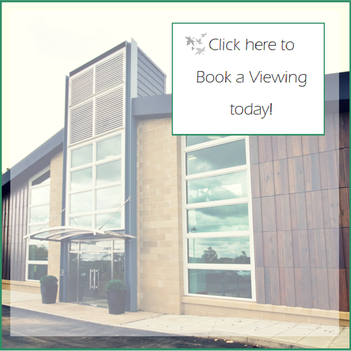Seasonal Affective Disorder (SAD) can play a bigger role in mental health and wellbeing in the workplace than you may realise.
SAD is a recognised mental health disorder which can cause depressive symptoms, and some people find that their mood and energy levels more affected by changes in the seasons than others.
When the days are dark and light is limited, managers and employers may notice a marked drop in morale, energy levels, enthusiasm and productivity among their teams. Just as important is the effect the disorder can have on an individual’s wellbeing, which should always be of the utmost concern for employers. For further information, you can read our guide to managing stress in the workplace.
Combatting SAD in the workplace
Employers should not see Seasonal Affective Disorder and the impact it has on the workplace as an inevitable occurrence, nor should they fail to make employee wellbeing a top priority during the winter months.
There are a number of things that employers can do to improve the working environment and help to alleviate what are believed to be some of the main causes of the disorder. According to NHS Choices:
“The exact cause of SAD isn't fully understood, but it's often linked to reduced exposure to sunlight during the shorter autumn and winter days.
The main theory is that a lack of sunlight might stop a part of the brain called the hypothalamus working properly.”
When this happens, it is believed that the production of melatonin (affecting sleep), serotonin (affecting mood, appetite and sleep) and the body’s circadian rhythm or internal body clock are affected.
Steps to take now
With the aim of reducing the likelihood of employees experiencing SAD or to alleviate the symptoms, employers and office managers should aim to take certain steps now. Employee Benefits recommends the following measures:
- Discuss the disorder with employees. Some may not realise that they are experiencing the disorder. An open and honest discussion which addresses the issue, explains the symptoms, support options and measures that the organisation is taking to help can be a great comfort to employees.
- Increase the amount of natural light entering the office. A good start is to ensure that all blinds and curtains are open, and that windows are cleaned regularly to maximise natural light.
- Investigate other lighting options. It isn’t just natural light that can play a part in workplace satisfaction. Consider updating the office scheme to eliminate dark, gloomy areas and to introduce warm, pleasant lighting in break areas and optimised lighting for work areas.
- Improving the workplace with décor and greenery. Employers should aim to make the office space a more pleasant place in which to work, with lighter paint colours which maximise the natural light available and plenty of greenery (which can also improve the air quality).
- Encourage regular breaks. Ensure that employees have a pleasant, light space (including external spaces with the chance to get some fresh air) in which to take their breaks.
- Consider organisational changes. For example, flexible working for those experiencing the disorder.
Ultimately, employers should be looking to make help, information and support of Seasonal Affective Disorder available to all team members. It is also very important to promote regular breaks, access to fresh air and exercise and healthy working patterns to your employees, and to build this into the company ethos.
Carrwood Park offers light, spacious and comfortable working environments for organisations of all sizes and from all sectors. To discuss how our office space could benefit employee morale and productivity in your business, please contact us on 0113 385 4480 or book a viewing.

